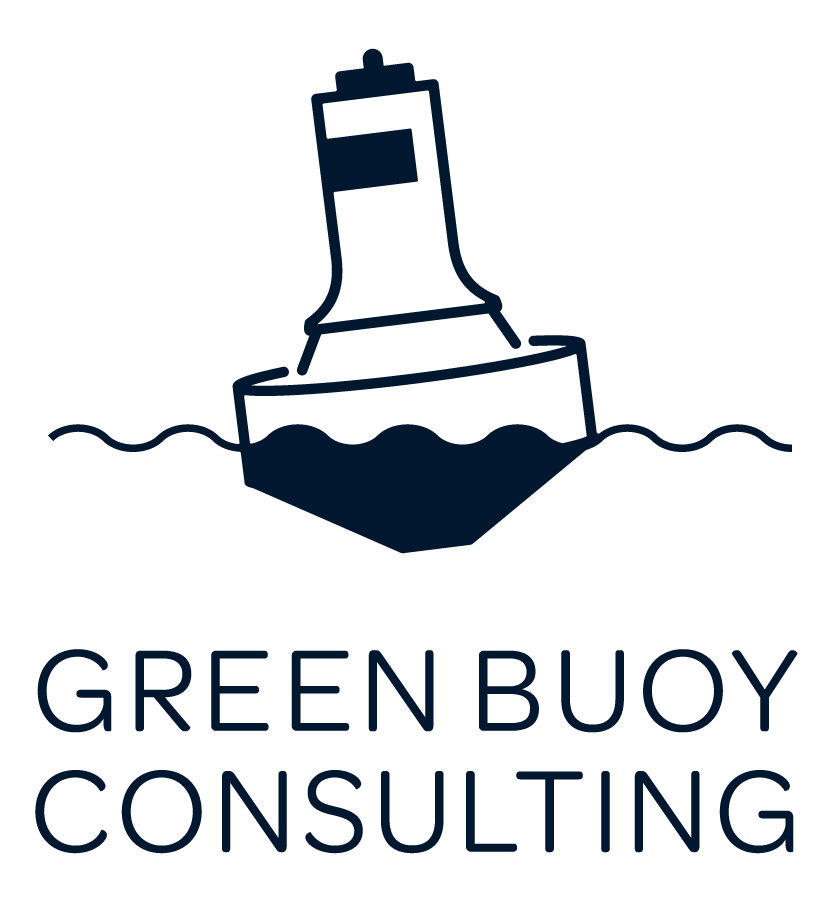How To Do Your Own Corporate Sustainability Audit
Have you considered a sustainability audit to refine or begin your sustainability strategy?
Let’s look at some examples of how to complete a sustainability audit yourself. Just want the audit done for you? Reach out, we can help!
It’s 2022, you’re a start-up company executive trying to figure out where to concentrate sustainability actions or how to share company progress. From googling, interest level and a quick company check, you’ve chosen energy. Everyone has lights, right? Is that the best use of your time and (pun intended) energy?
What are the Benefits of a Sustainability Audit?
Instead of throwing darts or casting blindly, it’s most efficient to develop a sustainability strategy based on data, interest level and, yes, some googling. Putting time, money and energy into a less efficient or useful strategy ultimately harms your business.
A surefire way to generate an effective sustainability strategy is with a sustainability audit. A sustainability audit is a look inside your company to determine the most powerful way to practice sustainability.
“A sustainability audit is a look inside your company to determine the most powerful way to practice sustainability.”
Clients that pick and choose sustainability without in-depth research are wasting their own time. If you’re a brewery and you’re not focused on water and packaging, you’re not making smart sustainability choices.
A sustainability audit is useful even if you’re already taking action on sustainability because it forces you to focus on materiality and processes that have significant advantages for your company long-term. Advantages to a strong sustainability focus include improved employee retention, profitability and marketing opportunities to new customers.
A sustainability audit is a check to see where your company stands on sustainability, it’s a data-gathering tool to find you the best solutions to bring sustainability into your company. A sustainability audit benefits you because it lets you find what’s material, get employees on board, find areas for improvement and set goals.
How Does A Sustainability Audit Work?
Let’s continue with the narrative of the early-stage DTC company. Once you’ve decided to complete an audit, what does that look like?
While a sustainability audit doesn’t have to be scary, it does take time to complete. In a Green Buoy sustainability audit, I meet with team members and leaders to hear how sustainability affects their day to day, goals, and actions. I then use that data to create initiatives, goals, and plans for your company. Then employees are given specific tasks and initiatives to feed the sustainability needs and we track progress against the goals using reporting.
Related: Crafting a Comprehensive Corporate Sustainability Policy: A Step-by-Step Guide
Sustainability Audit Methodology
You can use my methodology to complete your audit. Here are the explanation and details of my method. I use data collection, reduction methods & goals, employee ownership and reporting as part of the audit.
First up is Data Collection. Determine where the company currently stands with sustainability. This means meetings, surveys and needs determination. Meet with each manager and figure out what actions they’re taking impact sustainability. Are they creating waste? Are they working with clients that care about it? Are they designing packaging?
Reduction methods are industry practices to decrease resources and costs. Once you’ve determined resources to reduce from collecting data, reduce using methods. Goals include Key Performance Indicators (KPIs). Indicators compare metrics to business activities. KPIs assist in reporting and translating sustainability efforts to customers while tracking progress over time.
For a DTC company, this could look like using post-consumer recycled material exclusively for packaging, setting a goal of 50% single-use plastic reduction internally by 2022, and creating an executive travel offset plan.
Employee Ownership uses employee engagement and accountability to reduce resources and hit goals. Employees take ownership of reduction methods and incorporate them directly into processes. Reduction methods are assigned to employees and departments.
For the DTC company, the supply chain lead is responsible for the packaging updates, the executive team focuses on the travel policy and administrative functions coordinate single-use plastic reduction.
Reporting differentiates the company from the competition, communicates progress, and provides data for decision-making. Reporting includes internal and external reporting. Reporting relies on data collection, setting goals, and employee ownership.
Reporting is completed at the DTC company by set marketing channels quarterly. The company reports its goals and gives quarterly updates on the target progress. This is shown on a separate website page, alongside all social media channels.
Related: Is it time for an ESG materiality assessment?
Completing each of these ensures that you’re tackling the sustainability that you should because you’re evaluating your own needs thoroughly. No more throwing darts or just choosing to reduce energy.
An audit is a commitment, it's harder than just picking something and deciding to reduce it. Audits can take weeks to months to complete and need a strong leadership team to propel them forward. However, if you're serious about a sustainability strategy, audits deliver results.
“However, if you’re serious about a sustainability strategy, audits deliver results.”
An audit is the best way to make sure that you’re attacking the sustainability actions that you should be. The method is proven to find what's most important to your company and weaves it into the fabric of your daily processes.
If you’re not interested in completing a sustainability audit yourself, we provide them!
Get help at each step of the process and have someone complete these steps for you. Set up a time to chat here to figure out how we can best work together to make sure you’re hitting your sustainability goals.









